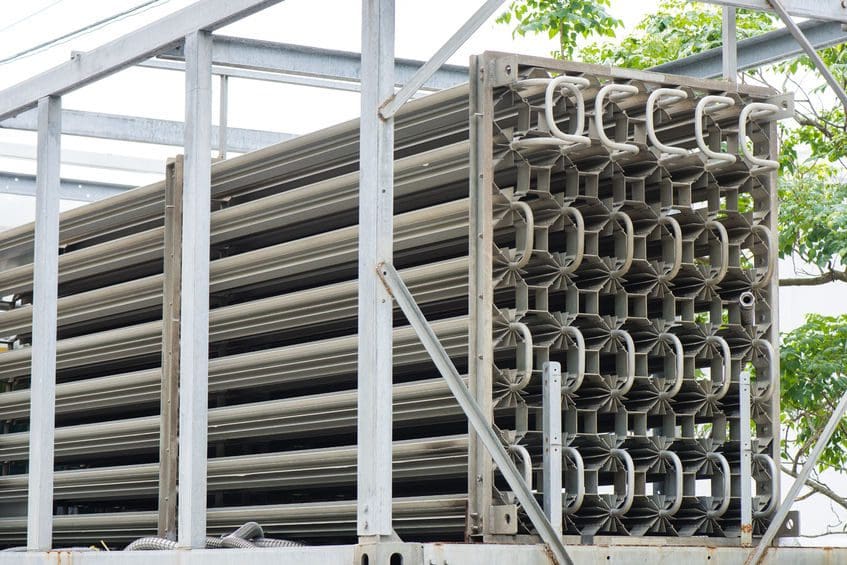By U.S. Water
NGL Plant Filters Overburdened, Automated Equipment Integration Saves Money
An NGL plant is producing an unusual product for use in the oil and gas industry. However, the chemical processes to produce this product are wreaking havoc on the filtration system and heat exchanger. This high use of filters and heat exchanger cleanings and descalings were costing the plant more than $200,000 per year in extra filters and maintenance.
The contaminants being produced as a byproduct were clogging filters and causing iron scales to build up in the exchangers. The plant operators could not afford to overlook this issue because it would lead to damage to the heat exchangers and the condensate stabilizer which would put the plant at risk for unscheduled downtime.
Custom Integrated Solution
Chemical and process analysis was conducted to determine a custom solution to the problem. The consulting company developed an automated, integrated system to inject a proprietary chemical additive formulated to dissolve and inhibit iron scale build-up. This system was designed to be used upstream of the process equipment.
Two-month Payback Period Yields 350% Return on Investment
Since the implementation of the new equipment, the plant has reduced the number of filters it needs to use. Filter replacement has dropped from every three days to every six weeks, saving the plant $157,000 in filter replacement costs. Furthermore, the heat exchangers have not required any cleanings since the new system has been integrated into the system. The lack of cleanings has saved the plant an additional $38,400. Within a two-month payback period, the plant made an approximate 350% return on its investment.
To learn more about this process visit U.S. Water Services http://www.uswaterservices.com/industries-served/oil-gas.






